Human interactions are profoundly shaped by non-verbal cues, among which visual signals such as color and style play a pivotal role. These cues influence how we are perceived, impacting judgments about personality, status, and intent. Understanding the psychological and cultural layers behind these perceptions empowers individuals to communicate more effectively and authentically. This article explores the complex interplay between color, style, and social meaning, grounded in research and real-world examples.
Contents
- The Psychology of Color: How Colors Influence Emotions and Perceptions
- Style and Fashion as Social Signals
- Case Study: The “Lady In Red” – Color as a Social and Cultural Symbol
- Non-Obvious Influences: Environmental and Contextual Factors
- Artistic and Musical Influences on Perception of Style and Color
- The Role of Personal Identity and Cultural Backgrounds in Style Choices
- The Impact of Media and Iconography on Social Perceptions of Color and Style
- Practical Implications: Leveraging Color and Style for Positive Social Outcomes
- Conclusion: Synthesizing the Interplay Between Color, Style, and Social Perception
The Psychology of Color: How Colors Influence Emotions and Perceptions
Colors serve as powerful non-verbal communication tools, conveying emotions and social cues instantly. Psychological research indicates that specific hues can evoke particular feelings; for example, red often signals passion, urgency, or danger, while blue tends to evoke calmness and trust. These associations influence perceptions in various social settings, from professional environments to casual encounters.
Cultural differences further complicate color perception. In Western cultures, white is associated with purity and weddings, whereas in some Eastern traditions, it can symbolize mourning. Context also matters—red in a restaurant might stimulate appetite, while red clothing at a social gathering can draw attention or signify confidence.
Examples of Color in Social Settings
- A woman wearing a red dress as a symbol of boldness and attraction, often linked to the concept of the “Lady In Red.”
- Corporate logos utilizing blue to foster trust and reliability.
- Political campaigns choosing colors like red or blue to evoke specific emotional responses from voters.
Style and Fashion as Social Signals
Clothing choices are among the most visible indicators of personality, social status, and group affiliation. For instance, luxury brands communicate wealth and exclusivity, while casual or vintage styles may signal creativity or non-conformity. These signals help others quickly assess social cues, often influencing interactions without conscious awareness.
First impressions are heavily shaped by style. A well-tailored suit or a carefully curated outfit can establish credibility and confidence, impacting professional and personal relationships. Conversely, style consistency—adhering to certain fashion choices—can reinforce identity, while frequent novelty may suggest openness or unpredictability.
Impact of Style on Perceptions
- First Impressions: Clothing sets the tone within seconds, often overshadowing verbal communication.
- Ongoing Interactions: Consistent style fosters trust, while frequent changes can evoke curiosity or skepticism.
- Personality Reflection: Style choices often mirror internal traits, such as boldness, elegance, or rebelliousness.
Case Study: The “Lady In Red” – Color as a Social and Cultural Symbol
The phrase “Lady In Red” is more than a catchy title; it encapsulates the deep-rooted cultural and social symbolism of red clothing. Historically, red has been associated with power, passion, and vitality across numerous societies. In Western tradition, red dresses have often signified confidence and allure, exemplified by iconic figures like Marilyn Monroe or Elizabeth Taylor.
In media and fashion, red is frequently used to evoke desire and attention. The 1935 song “Lady in Red” popularized the image of a captivating woman who commands focus simply through her choice of attire. This association reinforces how a single color can become a social signal—symbolizing confidence, seduction, and sometimes even danger.
Got a mega win on LADY n RED illustrates how modern entertainment continues to leverage these timeless symbols, blending tradition with contemporary allure.
Non-Obvious Influences: Environmental and Contextual Factors
Environmental cues like lighting and surroundings significantly modify how colors are perceived. For example, red stage lighting can intensify feelings of intimacy or excitement, creating a powerful atmosphere in performance arts. Similarly, the context of social events influences style choices—formal occasions often prompt more conservative attire, while clubs or festivals encourage bold, expressive fashion.
In entertainment industries, costume and lighting are deliberately used to reinforce character traits or emotional states. A red costume under dim lighting may evoke mystery and allure, demonstrating how environmental factors manipulate perceptions beyond mere clothing choices.
Artistic and Musical Influences on Perception of Style and Color
Throughout history, art and music have profoundly shaped societal perceptions of color and style. Jazz music, with its improvisational and expressive nature, influenced visual artists and composers to adopt more bold and unconventional palettes. For instance, the vibrant colors found in jazz album covers or impressionist paintings reflect the genre’s energetic spirit.
This intersection between auditory and visual arts creates a cohesive language of emotional expression. When a musician uses a particular style or color—such as Billie Holiday’s signature look—these elements become part of a societal narrative, enhancing perceived personality and cultural identity.
The fusion of music and visual style acts as a unified communication tool, conveying complex social signals that resonate deeply with audiences.
The Role of Personal Identity and Cultural Backgrounds in Style Choices
Individuals express their unique identities through color and clothing, often reflecting personal values, beliefs, or cultural heritage. For example, traditional garments in various cultures incorporate specific colors that symbolize virtues or social roles. In Japan, kimono colors can denote seasons or social status, while in Africa, vibrant textiles often carry communal significance.
However, interpreting these signals across cultures can lead to misunderstandings. A color that signifies prosperity in one society might be perceived as aggressive or taboo in another. Cross-cultural awareness is essential for accurate social perception and respectful interaction.
The Impact of Media and Iconography on Social Perceptions of Color and Style
Celebrities and media heavily influence style trends, shaping public perceptions of what is attractive or authoritative. Iconic figures like Billie Holiday, who discovered her distinctive style in a Harlem jazz club, demonstrate how individual expression becomes culturally symbolic. Holiday’s use of subtle, elegant color palettes and unique fashion choices helped craft her enduring image.
Similarly, recurring visual motifs—such as the “Lady In Red”—serve as cultural icons, reinforcing particular social messages. These representations influence societal standards and inspire personal style choices, often perpetuating stereotypes or ideals.
Practical Implications: Leveraging Color and Style for Positive Social Outcomes
Understanding how color and style influence perception enables strategic choices in professional and personal settings. For example, wearing blue during job interviews can foster trust, while choosing vibrant colors for social events can boost approachability. Conscious styling can enhance confidence and facilitate better communication.
However, ethical considerations are vital—manipulating perceptions should aim for authentic self-expression rather than deception. Respecting cultural differences and individual preferences promotes inclusivity and reduces misunderstandings.
Fostering awareness of these influences helps in building empathy and improving social interactions across diverse groups, contributing to a more understanding society.
Conclusion: Synthesizing the Interplay Between Color, Style, and Social Perception
“Visual cues like color and style are not merely aesthetic choices—they are integral to the social language we speak every day.”
From ancient cultural symbols to modern media icons, the ways in which color and style influence perceptions are deeply ingrained in societal fabric. Recognizing these influences allows individuals to harness their visual presentation intentionally, fostering authentic self-expression and effective communication.
Whether choosing a bold red outfit that signals confidence or understanding cultural nuances in style, awareness of these cues enhances social interaction. As research continues to uncover the subtle power of visual signals, embracing mindful styling remains a vital skill in navigating our interconnected world.


